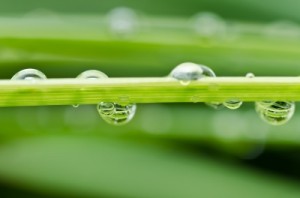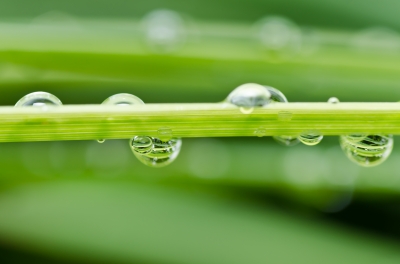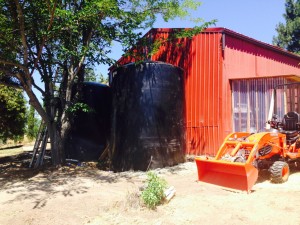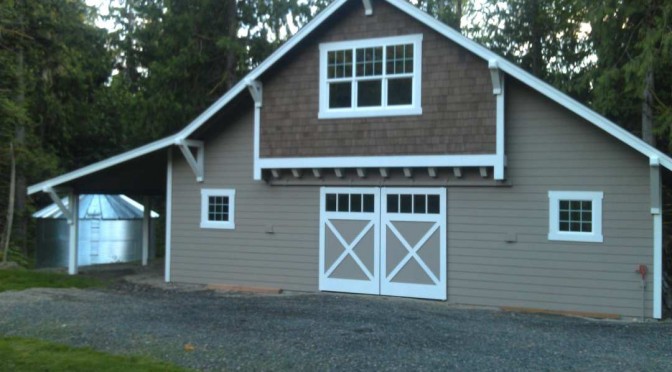 Continuing its efforts to promote rainwater harvesting education and propagation, The American Rainwater Catchment Systems Association and the International Rainwater Harvesting Alliance recently announced a newly formed partnership to work for the inclusion of rainwater harvesting within integrated water resource management strategies and to promote the practice of recharge, retention and use of rainwater.
Continuing its efforts to promote rainwater harvesting education and propagation, The American Rainwater Catchment Systems Association and the International Rainwater Harvesting Alliance recently announced a newly formed partnership to work for the inclusion of rainwater harvesting within integrated water resource management strategies and to promote the practice of recharge, retention and use of rainwater.
The mission of IRHA, formed in 2002, is to reinforce and unify the movement of the Rainwater Harvesters and to promote rainwater harvesting as a management of a water resource.
ARCSA, whose mission is to promote sustainable rainwater harvesting practices to help solve potable, non-potable, stormwater and energy challenges throughout the world, hopes the IRHA alliance is the first many.
ARCSA and IRHA agree it is important to raise awareness, share knowledge, and increase local water capacity through rainwater harvesting techniques and project implementation, resulting in local ownership and a shift of project management to non-governmental organizations, community-based organizations, and other stakeholders in developing countries.
To learn more about this historic partnership toward developing rainwater harvesting education and awareness, please click here.
“Water Drops In Green Stem” courtesy of SweetCrisis / www.freedigitalphotos.net



 Big Butte Springs supplies the majority of the Rogue Valley, OR water needs. Water usage at local residences is typically more than three times higher during the summer than the winter.
Big Butte Springs supplies the majority of the Rogue Valley, OR water needs. Water usage at local residences is typically more than three times higher during the summer than the winter.
 Whether your rainwater collection system consists of simple rain barrels or whole house potable usage, maintenance of your system is essential to its successful operation. Simple tasks will keep clean water flowing for years to come with little effort.
Whether your rainwater collection system consists of simple rain barrels or whole house potable usage, maintenance of your system is essential to its successful operation. Simple tasks will keep clean water flowing for years to come with little effort.